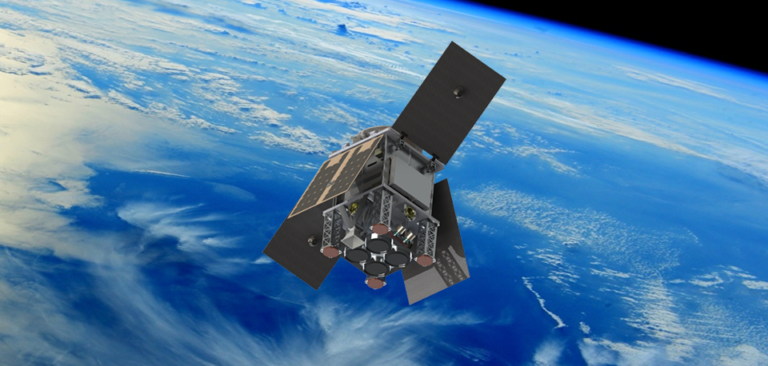The European Space Agency (ESA) has approved the launch of a second identical Hydro Global Navigation Satellite System (HydroGNSS) satellite, which will form a HydroGNSS constellation supporting even more frequent and accurate global monitoring of Earth.
With the development of the first HydroGNSS satellite already underway, this second twin satellite will now be built in parallel so that they can be launched together with lift-off planned for 2024.
The pioneering HydroGNSS mission concept was selected by ESA as its second Scout mission – a new program aiming to deliver innovative science and technology through a novel agile framework embracing the concept of ‘New Space’.
The UK’s National Oceanography Centre (NOC) has co-led ESA HydroGNSS as part of the original proposing team and is currently leading the development of two of the operational HydroGNSS processors.
The announcement comes after more than 20 years of collaborative development between NOC and HydroGNSS partners including Surrey Satellite Technology (UK), Sapienza University of Rome (Italy), University of Rome Tor-Vergata (Italy), CNR-IFAC (Italy), IEEC (Spain), FMI (Finland), University of Nottingham (UK) and TUW (Austria).
ESA HydroGNSS will provide a unique view of Earth’s oceans using an innovative technique called GNSS-reflectometry based on reflected navigation signals. NOC scientists will calibrate satellite data and translate them into essential climate variables such as ocean winds and sea ice extent.
Giuseppe Foti, NOC’s principal investigator of the ESA HydroGNSS mission, said, “HydroGNSS is an ambitious international project offering a clear opportunity for further strengthening collaboration between intergovernmental organizations, industry and science partners across Europe and beyond, while at the same time demonstrating our growing ability to deliver new science in a cost-effective and agile manner.”



